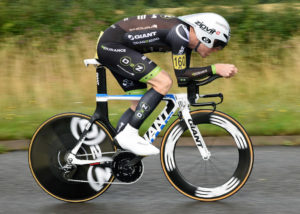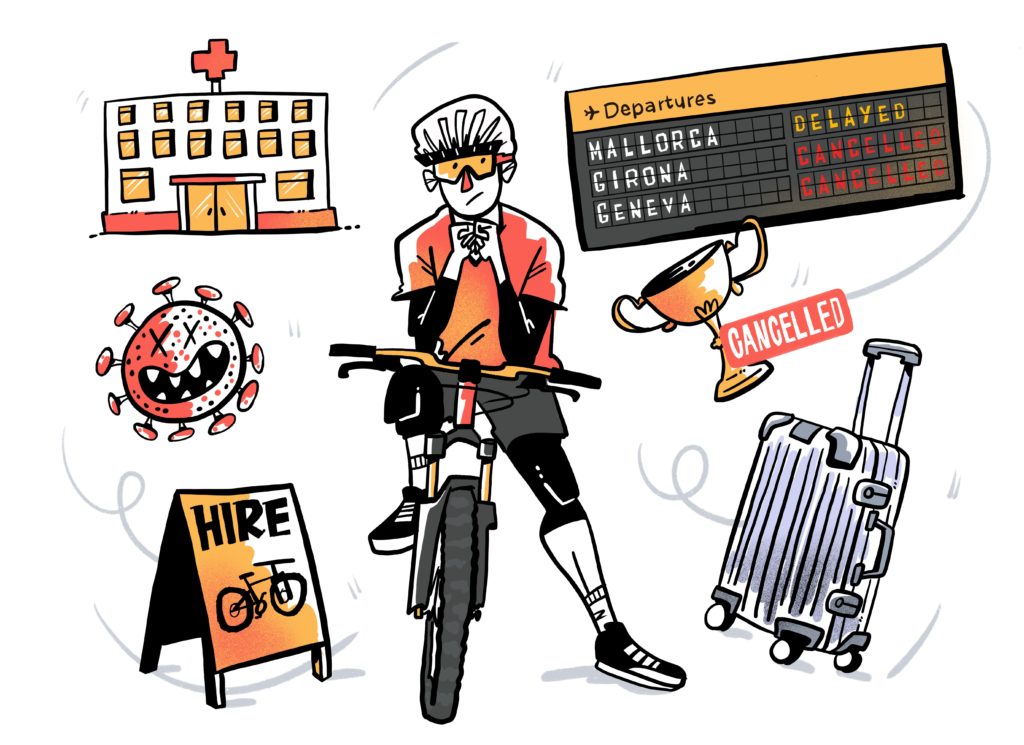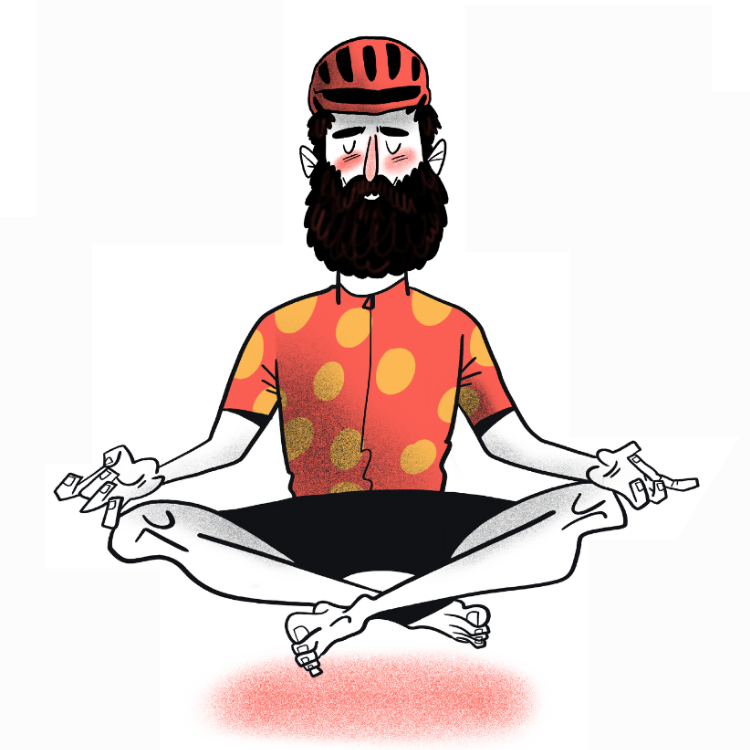Completing a half Ironman triathlon can appear intimidating at first. It is quite an achievement that requires determination, discipline, and a well-rounded training, nutrition and race plan. A half Ironman, or middle distance, comprises a 1.2-mile swim, a 56-mile bike ride, and a 13.1-mile run (1.9k, 90k and 21.1k). If you’re preparing for your first half Ironman triathlon, it’s crucial to have a comprehensive strategy to ensure you reach the finish line successfully. Here, we present you with five top tips that will guide you towards smashing your first half Ironman triathlon with confidence.
Tip 1: Set Realistic Goals and Plan Your Training
Setting realistic goals is essential for any triathlete or anyone completing an endurance race of any kind but especially so for beginners. Establishing specific, measurable, attainable, relevant, and time-bound (SMART) goals will keep you focused and motivated throughout your training journey.
Break down your goals into smaller milestones to track your progress effectively. For example, if you want to ride the entire bike leg at 200W, aim to hit a session like 4 x 30 minutes at 200W in the build up to the race.
Create a training plan that suits your schedule and abilities. Prioritise consistency (especially in running) and gradually increase the volume and intensity of your workouts over time. Incorporate swimming, biking, and running sessions into your weekly routine. Additionally, allocate time for strength training and rest days to promote muscle recovery and prevent injuries. Go easy on the intensity in training, particularly at first – it can be tempting to start smashing intervals but going too hard too soon is a recipe for overcooking yourself.
Tip 2: Prioritise endurance and race specific training
Endurance is crucial for completing a half Ironman triathlon – a race which will last an absolute minimum of 3.5 hours and likely much longer. Aim to build a solid aerobic base through long-distance (or duration) workouts. Start with shorter distances and gradually increase your training sessions, simulating race conditions as you approach the event. Focus on maintaining a steady pace rather than pushing yourself to the limit during these sessions.
Brick training, which involves back-to-back training sessions in two disciplines, is an excellent way to prepare for the transitions between the swim, bike, and run. Incorporate brick workouts into your training plan to adapt your body to the physical demands of shifting from one discipline to another. For example, try combining a long bike ride with a shorter run immediately afterward to simulate race-day conditions. Personally, I like to simulate race durations but with a heavier focus on cycling as there’s less impact on the legs. For example, I will do some number of hours of training with some race pace work but instead of a 2:1 bike to run ratio as there roughly is in the race – it will be more like a 4:1 bike run ratio. An example session of this nature might be a 2 hour ride with some race pace repetitions with a 30 minute run straight off the bike, the first 20 minutes of which are at race pace too.

Tip 3: Master Open Water Swimming and Transition Skills
The soft skills of triathlon are often underrated in their importance toward a successful race and the amount of time they can save you during the race. This includes skills like open water swimming, transitions and technical skill on the bike.
Open water swimming presents unique challenges compared to pool swimming. Practice swimming in open water to familiarise yourself with the environment and build confidence. Acquire essential skills such as sighting (lifting your head to see where you’re going) and drafting (swimming closely behind another swimmer to reduce resistance).
Transitions are critical components of any triathlon. Develop efficient transition skills by training the switch from swimming to biking and from biking to running. Set up a mock transition area in your training sessions to rehearse the sequence of removing wetsuits, changing shoes, and transitioning smoothly between disciplines. This preparation will save you time and energy on race day.
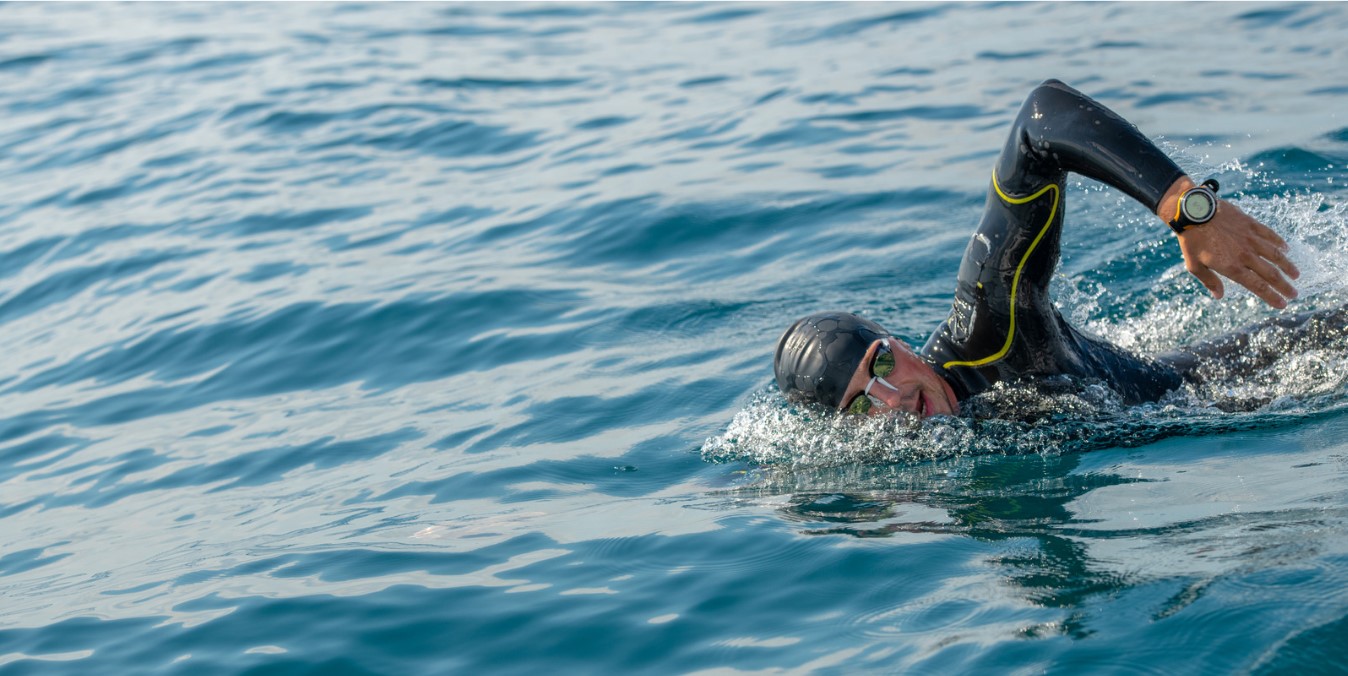
Tip 4: Fueling and Hydration Strategy
Nutrition and hydration play a vital role in completing a half Ironman triathlon. Develop a fueling plan that suits your body’s needs and preferences. Experiment with different types of sports drinks, gels, bars, and real food during your training sessions to find what works best for you. Aim to consume a combination of carbohydrates and electrolytes to sustain energy levels and promote recovery.
Hydration is equally important, especially during long-distance races. Drink fluids regularly during training sessions to understand your body’s hydration requirements. On race day, establish a hydration plan that ensures you maintain an adequate fluid intake without overhydration. Consuming enough carbohydrate also contributes to hydration – consider a sports drink that combines electrolytes and carbohydrates for race day.
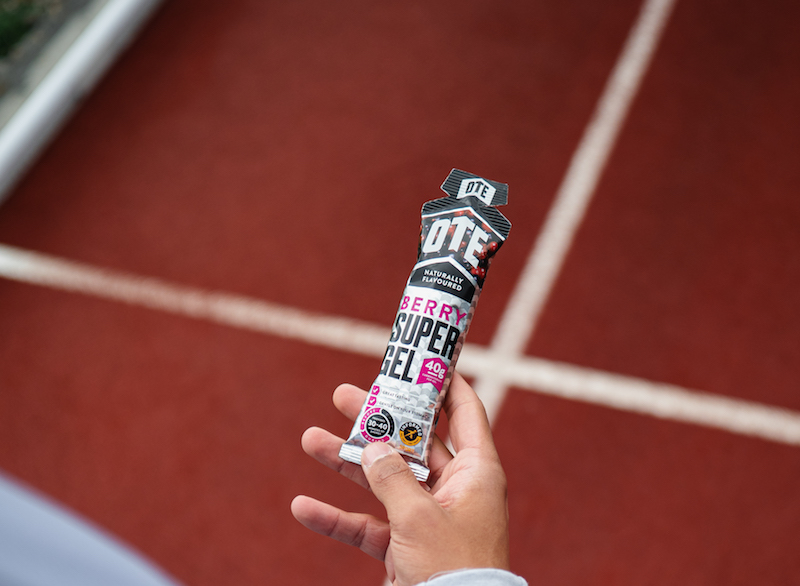
Tip 5: Mental Preparation and Race-Day Execution
Completing a half Ironman triathlon is as much a mental challenge as it is a physical one. Develop mental resilience and positive self-talk to overcome obstacles and stay focused during the race. Visualise yourself crossing the finish line and remind yourself of the hard work and dedication you’ve invested in your training. A big part of this is completing training sessions close to race conditions, a half Ironman is not a comfortable experience and being familiar with the sensations of the race will make the mental challenge easier.
On race day, arrive early to familiarise yourself with the race venue and layout. Follow your predetermined race plan, but remain flexible to adapt to unforeseen circumstances. Pace yourself wisely, conserving energy for each discipline. Break down the race into smaller segments to maintain motivation and focus on reaching the next milestone.
Completing your first half Ironman triathlon is an extraordinary accomplishment that requires meticulous preparation and dedication. By setting realistic goals, planning your training effectively, mastering key skills, establishing a fueling and hydration strategy, and developing mental resilience, you’ll be well on your way to crossing the finish line with pride. Remember to enjoy the journey and celebrate progression and the process – not just the outcome.






